I know what you’re thinking. A Polaroid article on 35mmc, whatever next. I did have to twist Hamish’s arm to get this included. However before you reach for the flaming torch and pitchfork let me attempt to convince you why I believe these cameras, in this instance a Polaroid 690 should be included, and how they share the similar attributes to the other cameras we love to read about on this very site.
- It uses film
- It’s a foldable/collapsible camera making it somewhat compact
- This Polaroid weighs in at 780grams. In comparison my Leica M7 weighs 610grams without a lens, when added it weighs in at a bloated pie consuming 1020grams
- Finally, it is fully automatic with autofocus. The only manual controls is a primitive exposure compensation dial, and the ability to turn the flash on and off.
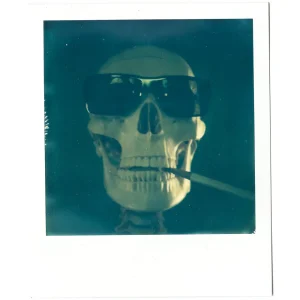
The Polaroid 690
The camera itself is a Japanese variant of the SLR680, which was discontinued in 1987. It was released in 1996 with updated electronics and was predominately sold in Asia. The Polaroid 690 has an 116mm, f8-f90, fully coated 4-element glass lens. Minimum focus distance is 26cm, which allows for a shallow DOF when you take into consideration the larger film format.
Autofocus is carried out by a miniature bat that lives – I like to think – happily within the camera. On half push of the shutter, the bat awakens and launches high-frequency inaudible sound waves. The length of time these waves take to travel back to the miniature bat (His name is Bernard if you were wondering) is calculated and the corresponding distance to the subject is ascertained. In practice focus is achieved quickly and more impressively is always accurate in my experience. Poor lighting or low contrast is no issue for Bernard, who outperforms my digital camera in low lighting conditions every time, so much so you can focus this camera in pitch black without any difficulties.
The flash on this camera automatically adjusts its angle depending on the distance away from the subject, which is ideal for fill flash for portraiture. You can’t adjust the brightness or compensate for redeye but it works pretty well all things considered.
If you’re after a stealthy street camera, this is not it. There are so many motors whirring you will make more noise than a Tyrannosaurus with a throat infection trying to sing a Tina Turner tribute. Even worse if you decide to get close into the action, it is likely you will twat the subject in-between the eyes when the picture is automatically ejected into their disconcerting face.
Aberrations and lens flare. It has them all, they are to be embraced when shooting a vintage Polaroid. Trying to nullify them is a worthless pursuit.
Exposure compensation is carried out by the dial on the front of the camera. I generally have it set 1/3 darker in good lighting conditions. This is due to the Impossible Project film being rated a little higher than the 600 speed intended for the camera, which I will now lead on too.
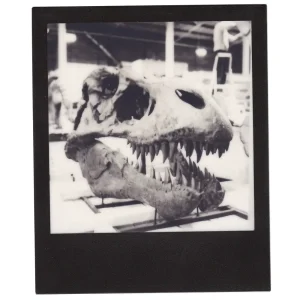
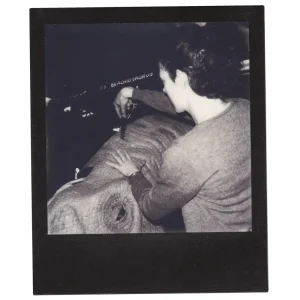
Can you still get film for that Mr?
Most of you I’m sure are aware of the film situation with Polaroid cameras however with this being the first Polaroid review on this site I guess I should elaborate.
When I am shooting with my old Polaroid camera in public, I am often asked ‘can you still get film for that?’ In this modern age of digital photography, the practicalities of owning and shooting a Polaroid camera is somewhat harder than it was when analogue photography was at its peak production in the early nineties. This was exacerbated when the ‘new’ Polaroid Company ceased production of analogue/instant film in 2008.
There are generally two types of Polaroid cameras. Packfilm cameras use a peel-apart film which was used in the older Polaroid Land cameras (named after the founder Edwin Land), and various medium format film backs (which I will not go into in this article to avoid confusion). Sadly Fujifilm ceased production of the last remaining film stock earlier this year.
The most common type of Polaroid cameras use integral film packs, which are used in cameras like the Polaroid SX-70, a design that is reported to have greatly influenced Steve Jobs. The integral film packs has a battery pack within it, which subsequently runs the motors situated that moves the film through the rollers.
Integral film packs are now created by a company called Impossible Project who procured the old Polaroid factory and had to reverse engineer the chemistry situated within the film. Impossible Project are now on the third iteration of film with colour images appearing in two minutes and fully developing in around half an hour. Black and white film is considerably quicker, fully developing in around five minutes. Depending on the camera you have there are various packs available. SX-70 cameras are designed to use 100 speed film, while the majority of other cameras are “600 type”, which use 600 speed film.
Please, whatever you do never shake it like a Polaroid picture. This is usually the first thing I have to say when I pass someone a picture. Shaking the image can distort the developing process by mixing up the chemicals within the film.
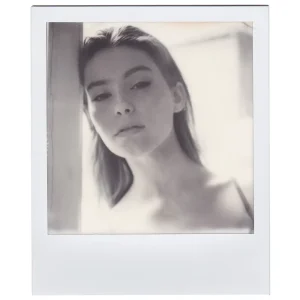

Why I shoot Polaroids
I started incorporating Polaroid images into my shoots after being given an old Polaroid camera by a former colleague. I thought it would be a good way for the models to show their agency what we were shooting whilst I was editing the digital images, or developing the film shots. As well as giving them a small memento to say thanks.
I started to appreciate the low-fi aesthetic of Polaroid images over some of the digital and film shots I was producing. I now scan all my Polaroids immediately after my shoots and included them in my submissions. I use a general flatbed scanner and apart from some dust removal, I don’t do any further post production to the shots.
Polaroids in their pure form are one-of-a-kind, tangible memories, instantly produced to be passed around at gatherings or be gifted to friends and family. There is a certain magic waiting for the image to develop in the palm of your hands. They do not reside on a computer hidden in a folder with thousands of other images. Or wait to be brought into life from a small negative image. This is the beauty of instant photography.
Polaroid images have their own unique aesthetic, the colours twist and turn depending on variables like temperature and exposure to light when developing. The results are often surprising and as varied as the memories they capture. Shooting with a Polaroid is not an exact science especially with minimal manual controls, but in my opinion that just adds to the enjoyment, and ultimately it’s fun. If you’ve not shot instant film before I can’t recommend it enough.
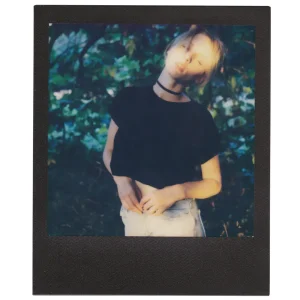
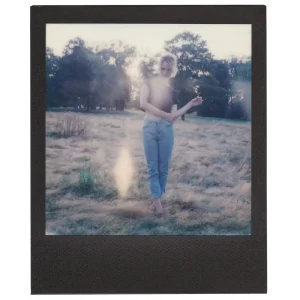
A little about the shots
All shots were taken on the third and latest iteration of Impossible Film over the course of this year. Images consist of some personal images and a couple I had taken at the Natural History Museum in London where I work during the course of the day. The majority of these images were taken for editorial work, or for test shoots for various model agencies.
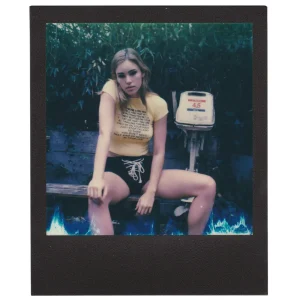
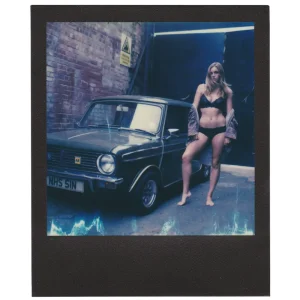
Credits
The gracious models include: Hannah Conaboy, Eski, Victoria Lindsay Coutts, Sophie Young, Kim Lysette, Madie White, Wiktoria Kozlowska, Karla Kuhlmann, Zoe Barker
MUAs: Danielle Lauren, Hannah Schell
All the links to the various models, agencies, and MUAs can be found on my Instagram account including my latest work: www.instagram.com/adamlawsphotography
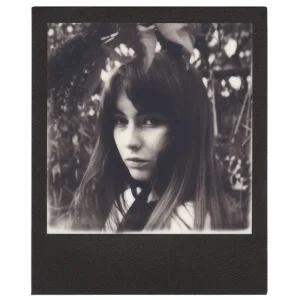
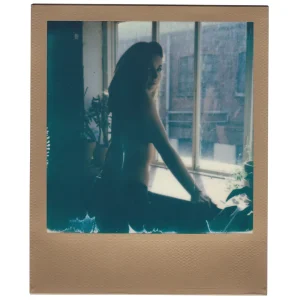

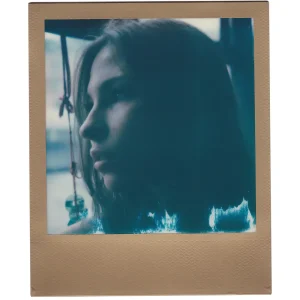


Share this post:
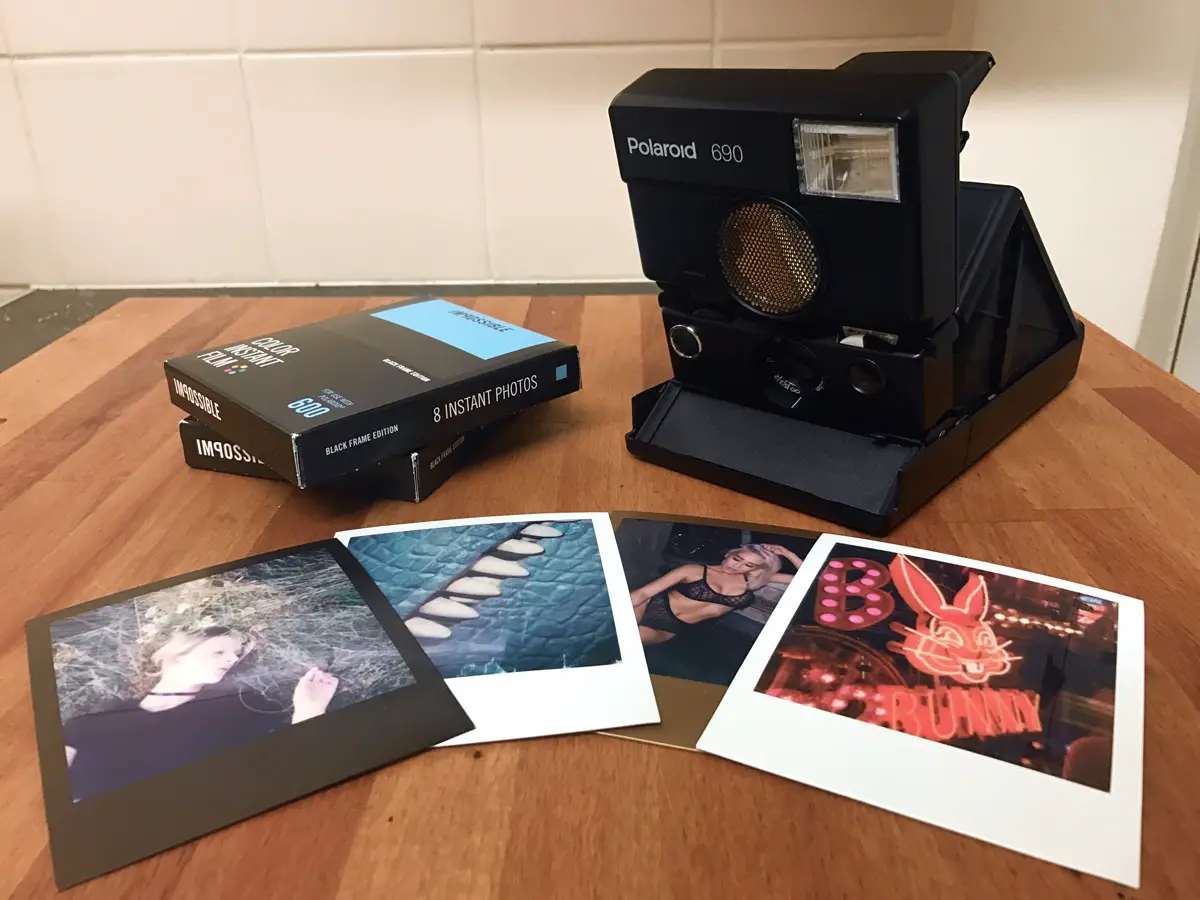








Comments
Dan James on Polaroid 690 Review – by Adam Laws
Comment posted: 07/01/2017
Comment posted: 07/01/2017
George Appletree on Polaroid 690 Review – by Adam Laws
Comment posted: 07/01/2017
Even Leica has recently launched a Polaroid device.
How do you get black or color frames?, a new idea for impossible (digitals guess)
Comment posted: 07/01/2017
Comment posted: 07/01/2017
Comment posted: 07/01/2017
Nigel on Polaroid 690 Review – by Adam Laws
Comment posted: 08/01/2017
Daniel Fjäll on Polaroid 690 Review – by Adam Laws
Comment posted: 08/01/2017
Comment posted: 08/01/2017
Excalibor on Polaroid 690 Review – by Adam Laws
Comment posted: 09/01/2017
Comment posted: 09/01/2017
Russell on Polaroid 690 Review – by Adam Laws
Comment posted: 10/01/2017
joby on Polaroid 690 Review – by Adam Laws
Comment posted: 10/01/2017
joby on Polaroid 690 Review – by Adam Laws
Comment posted: 11/01/2017
http://alex-hurst-final.blogspot.co.uk/2011/02/ralph-steadman.html
There are better ones but these are a start
Andrew Chang on Polaroid 690 Review – by Adam Laws
Comment posted: 22/01/2017
Keep up the good work.
Comment posted: 22/01/2017
Comment posted: 22/01/2017
Victor Reynolds on Polaroid 690 Review – by Adam Laws
Comment posted: 14/03/2017